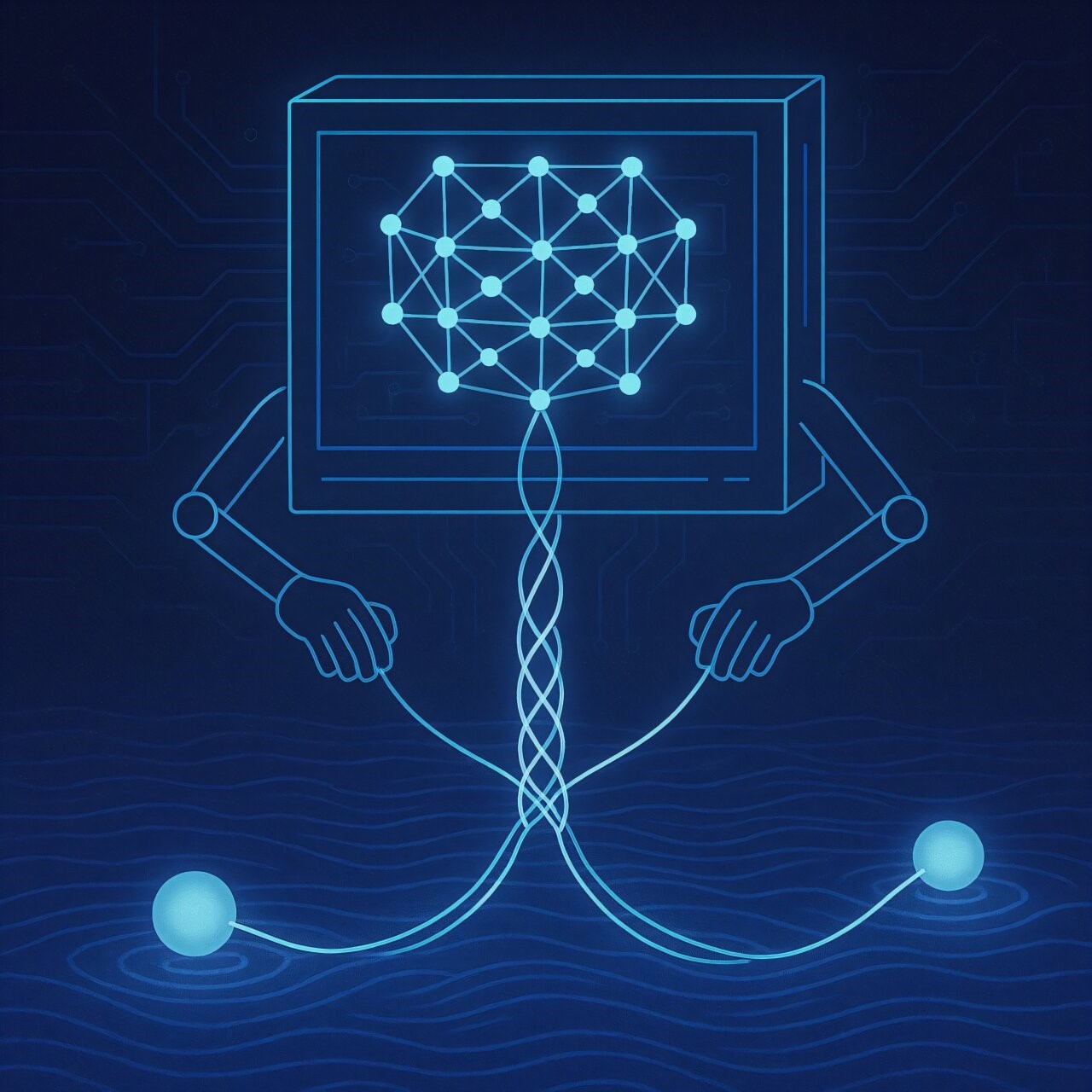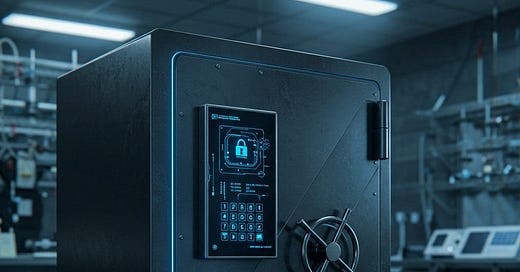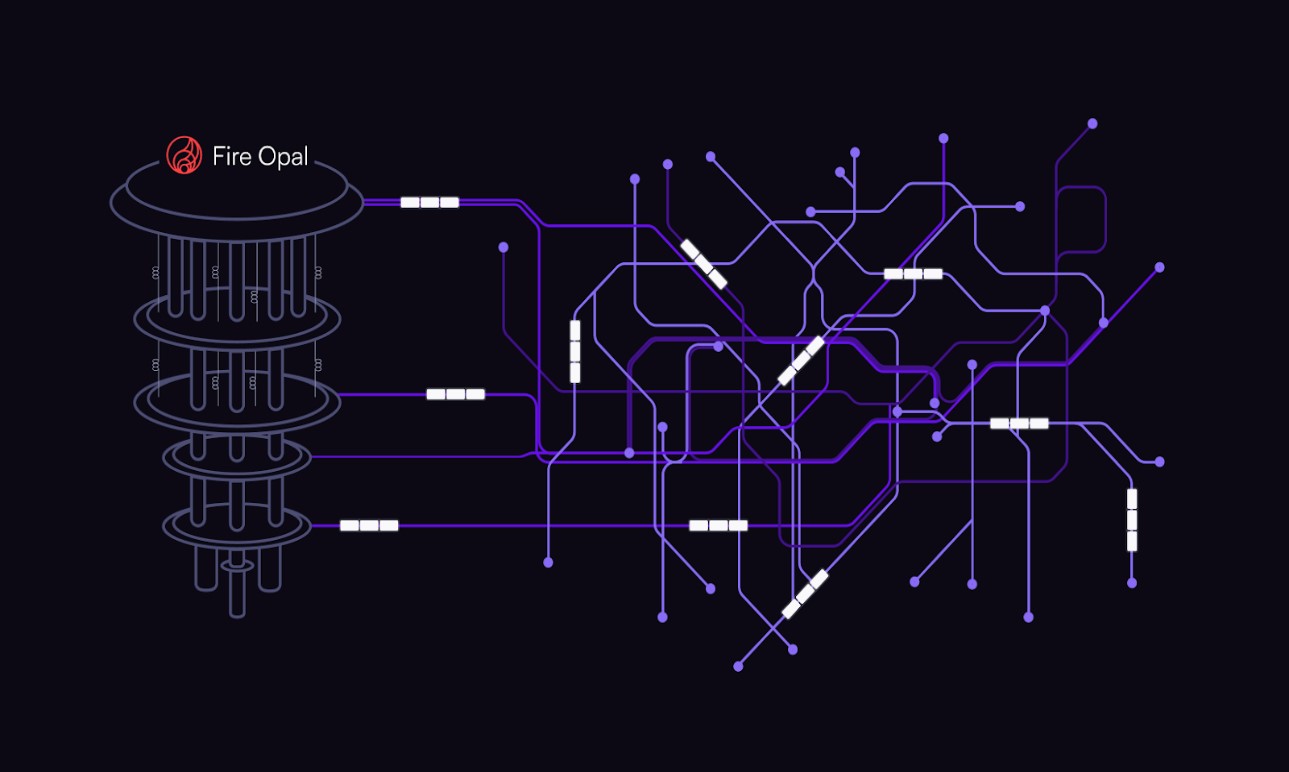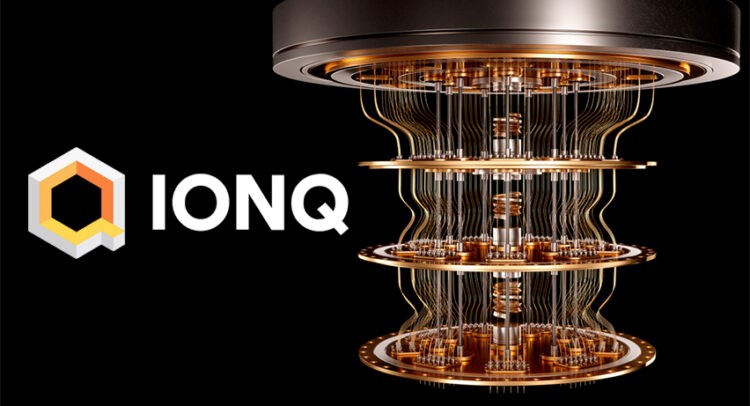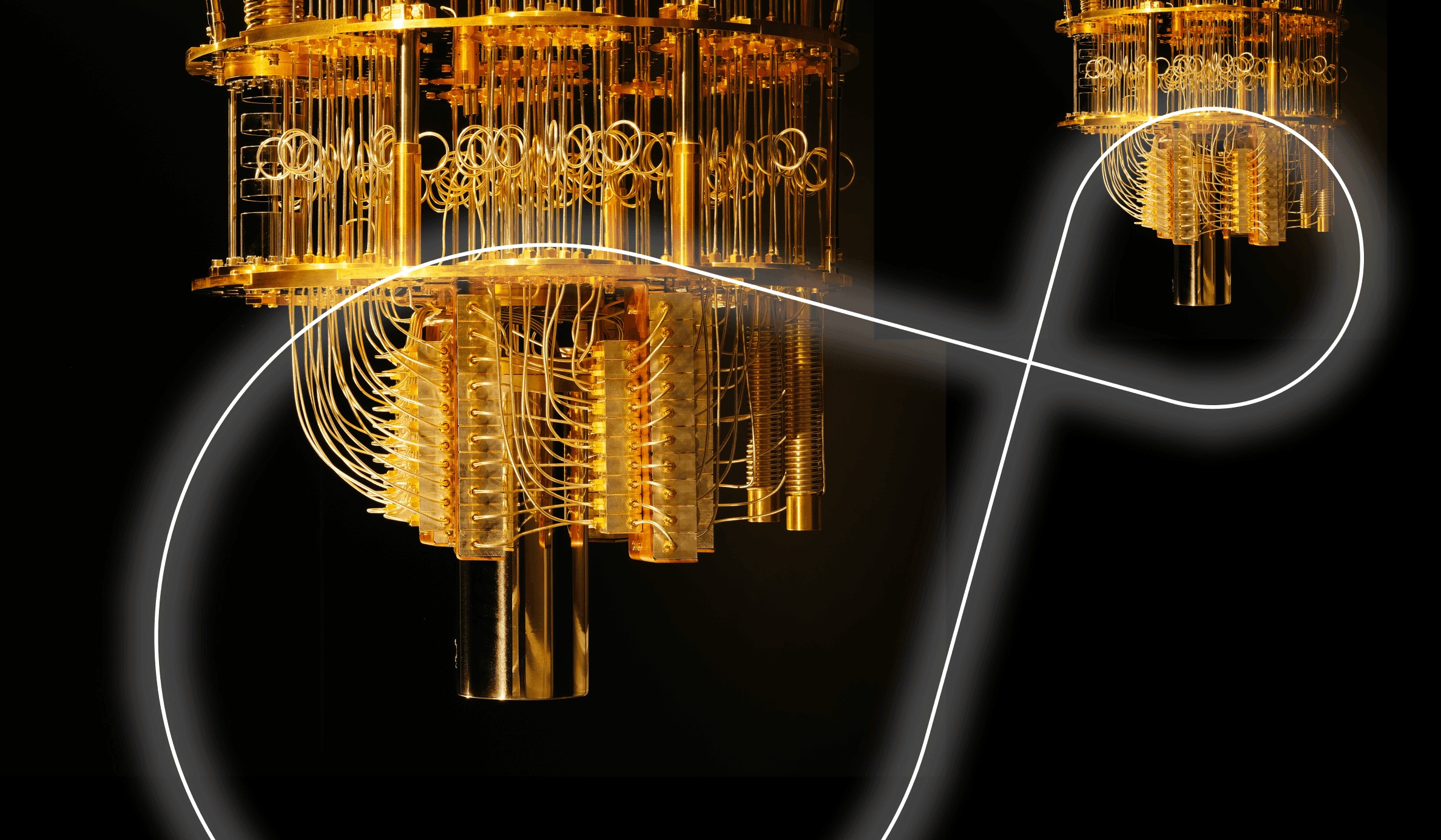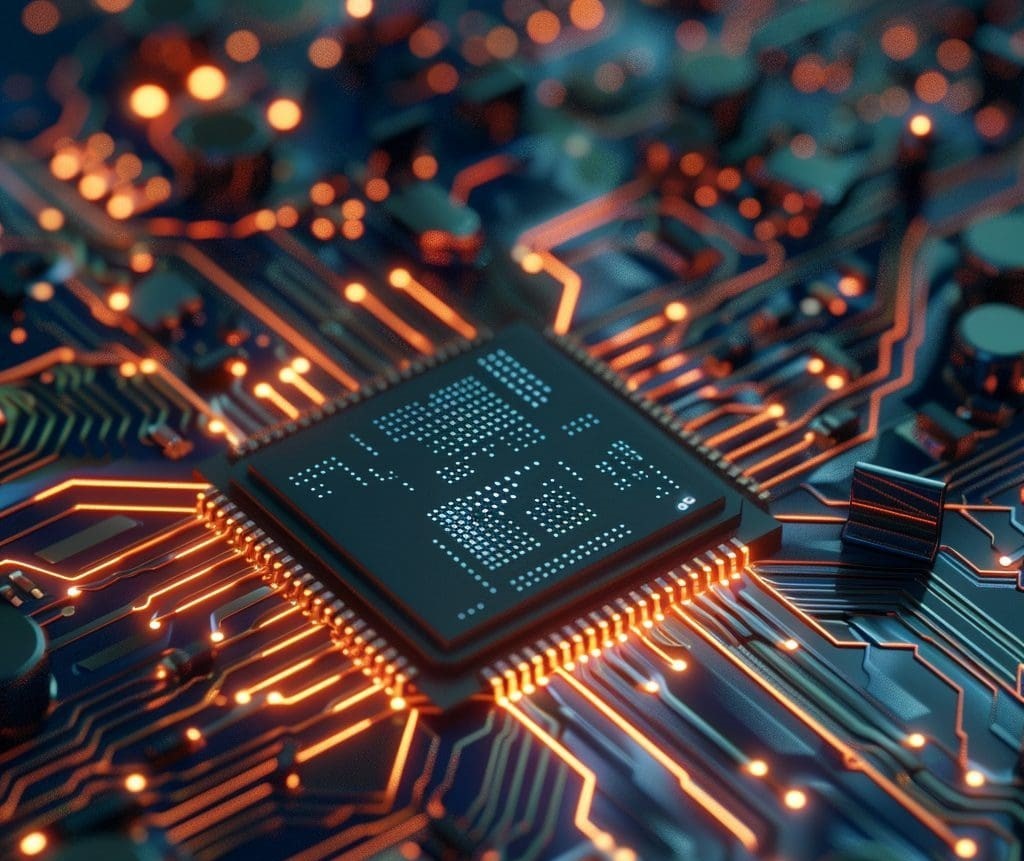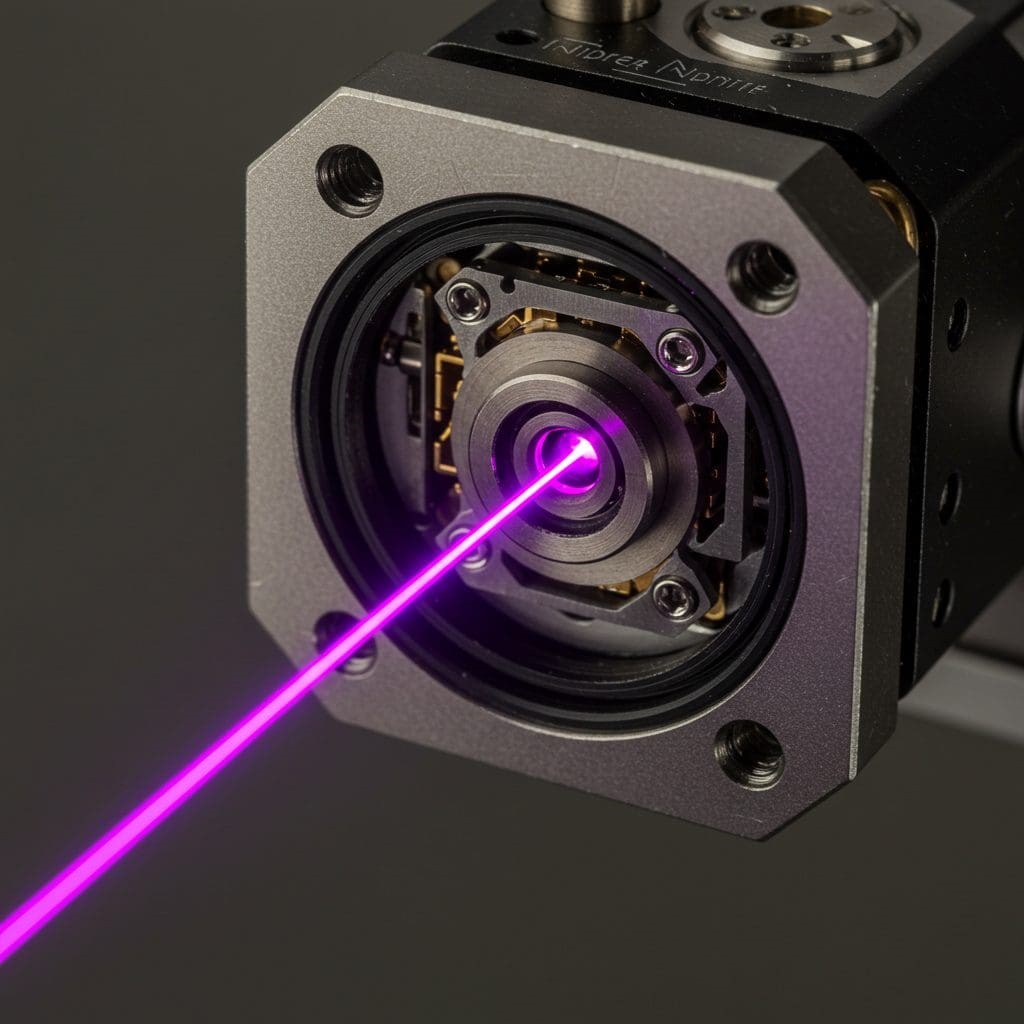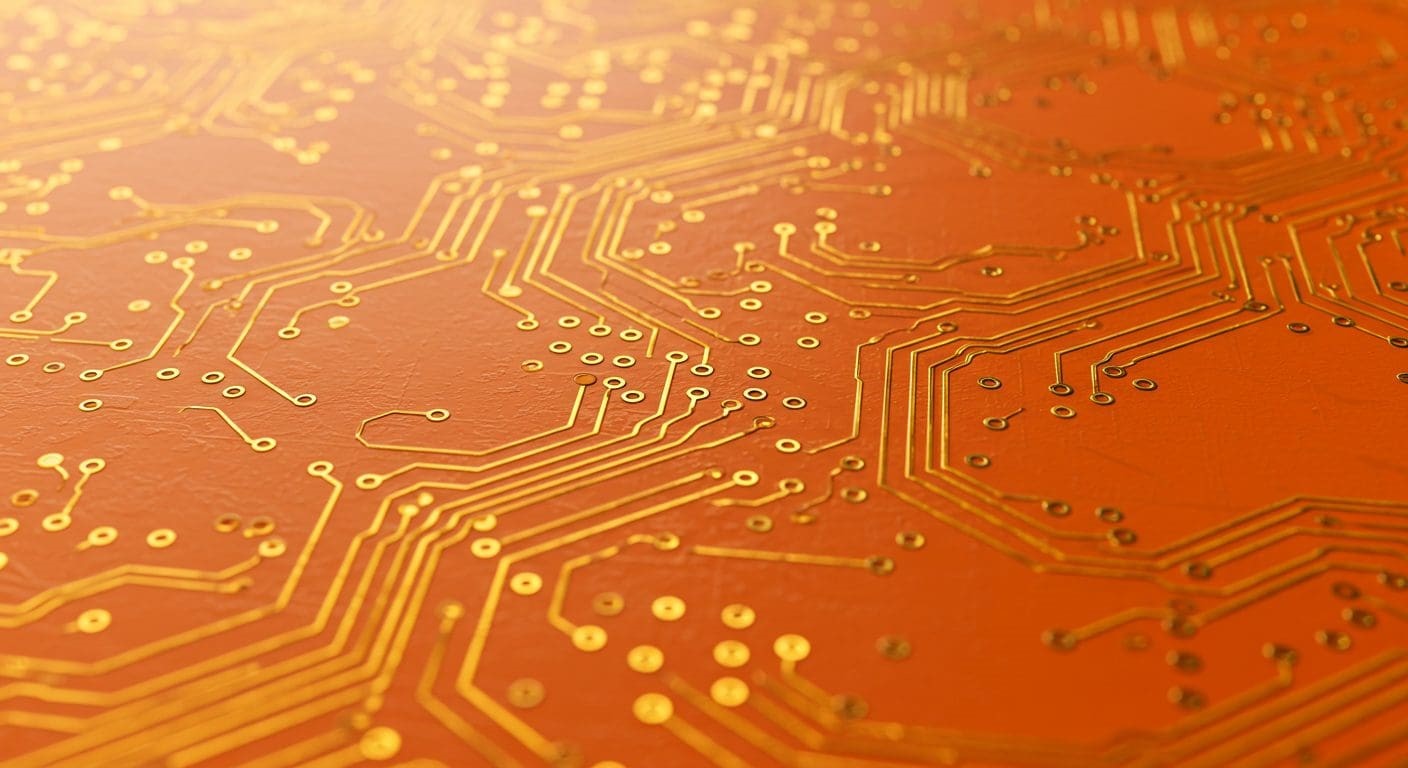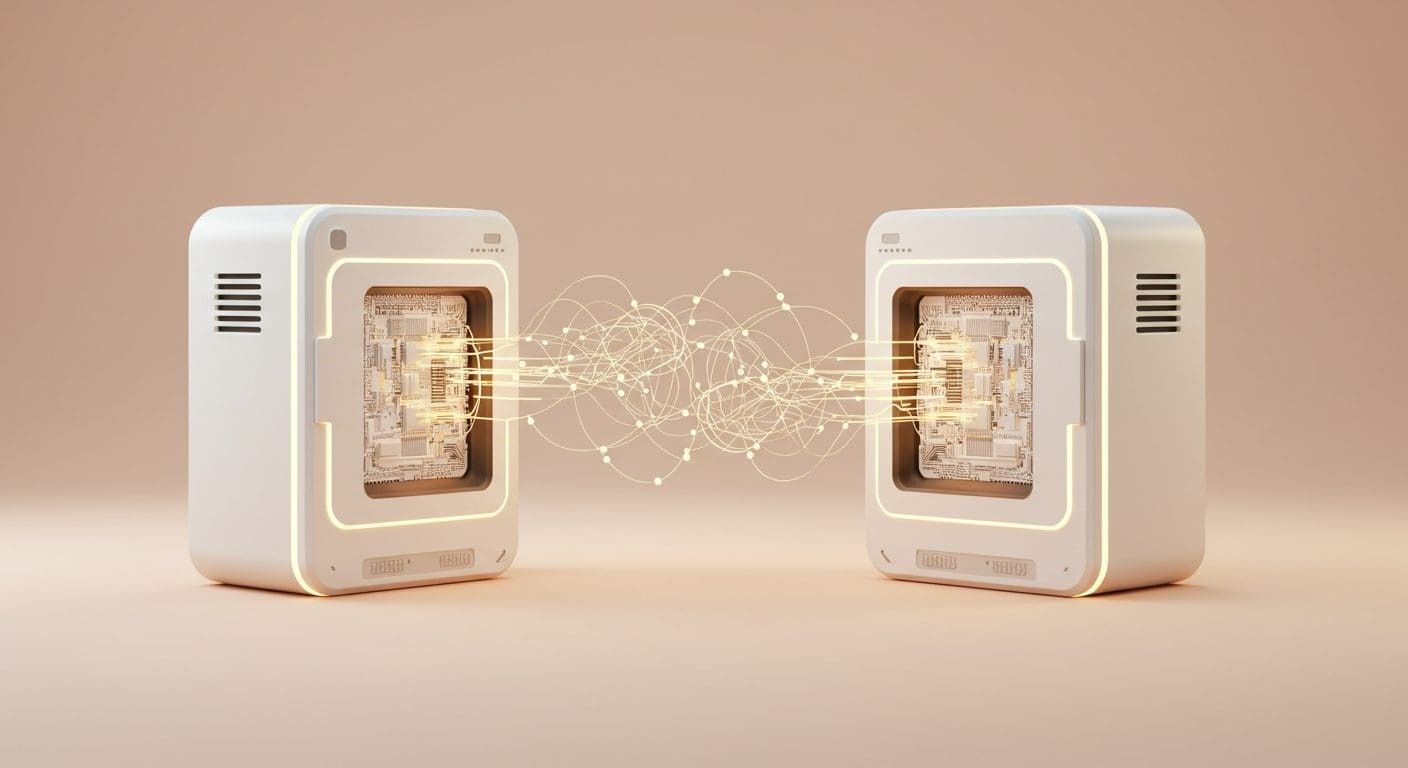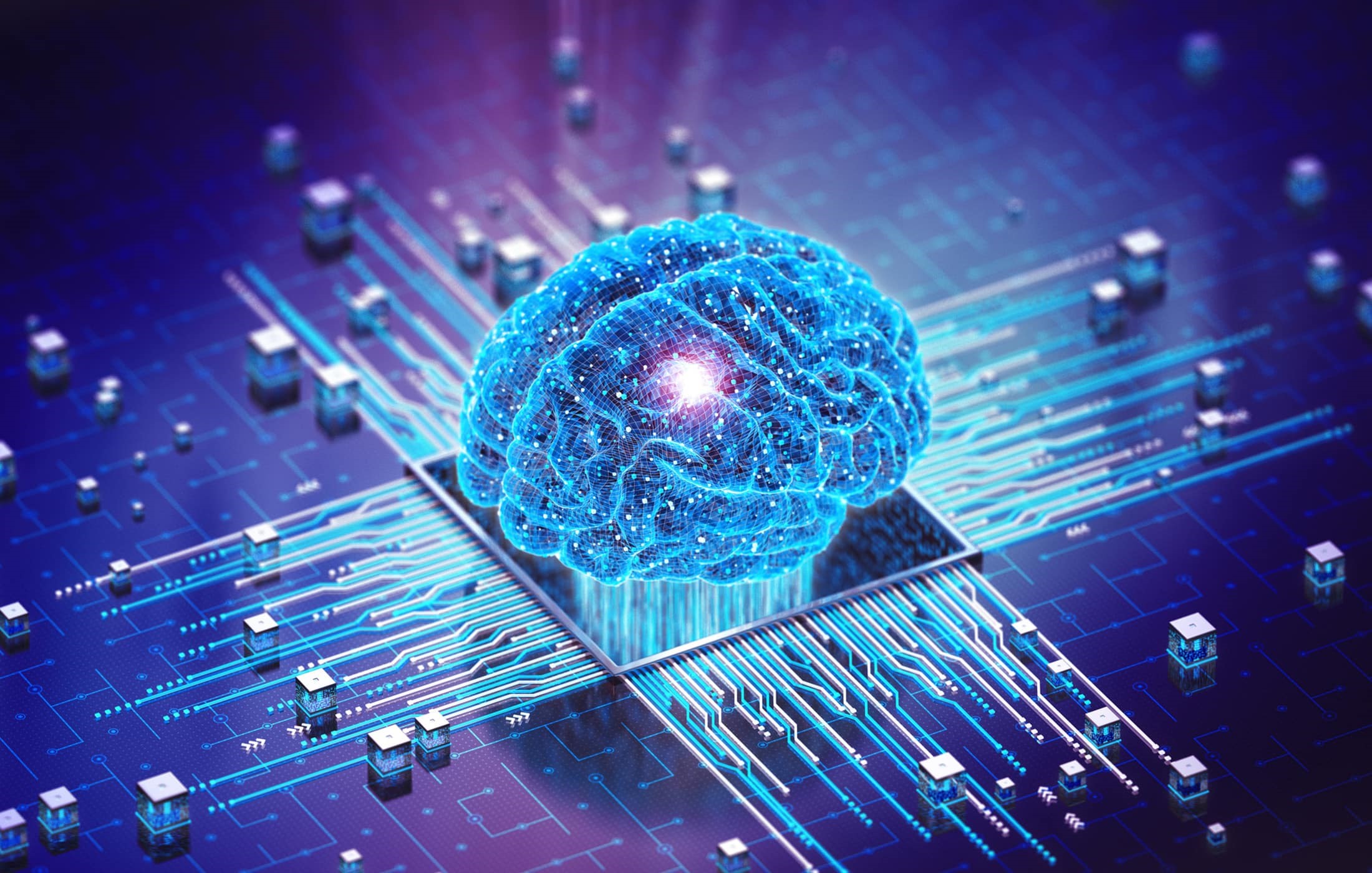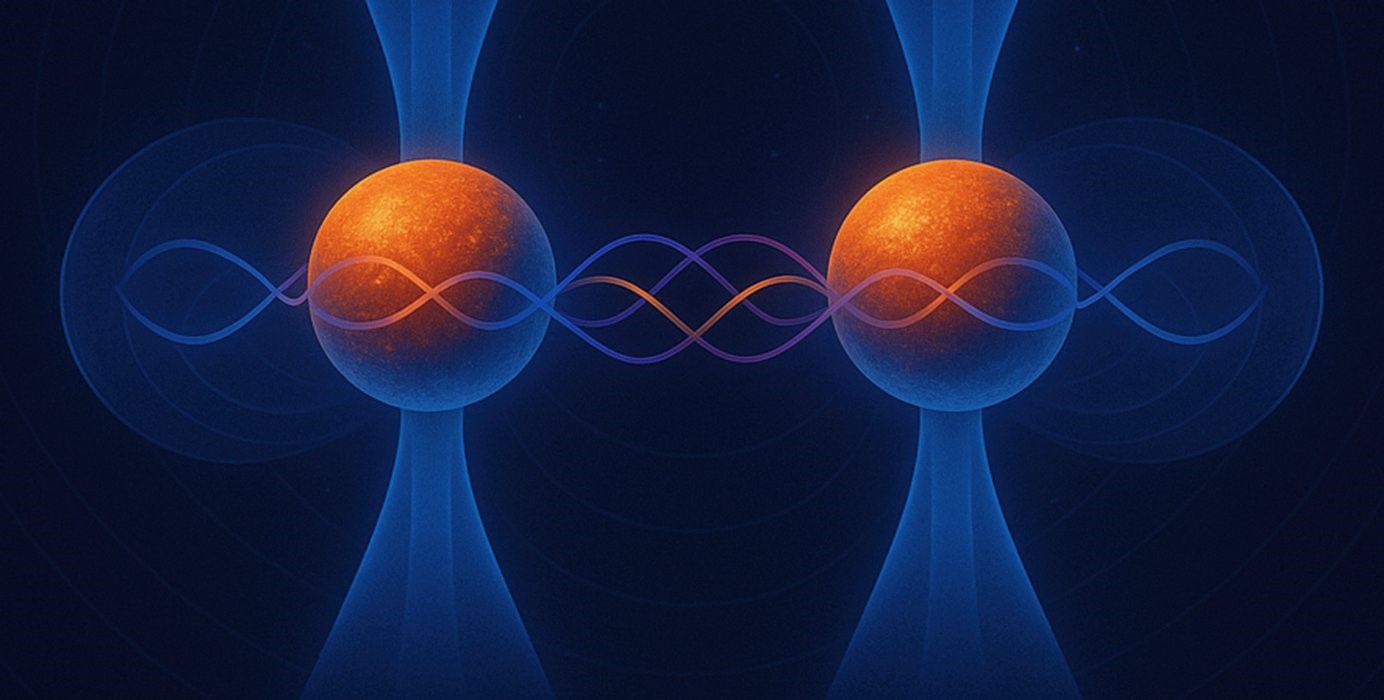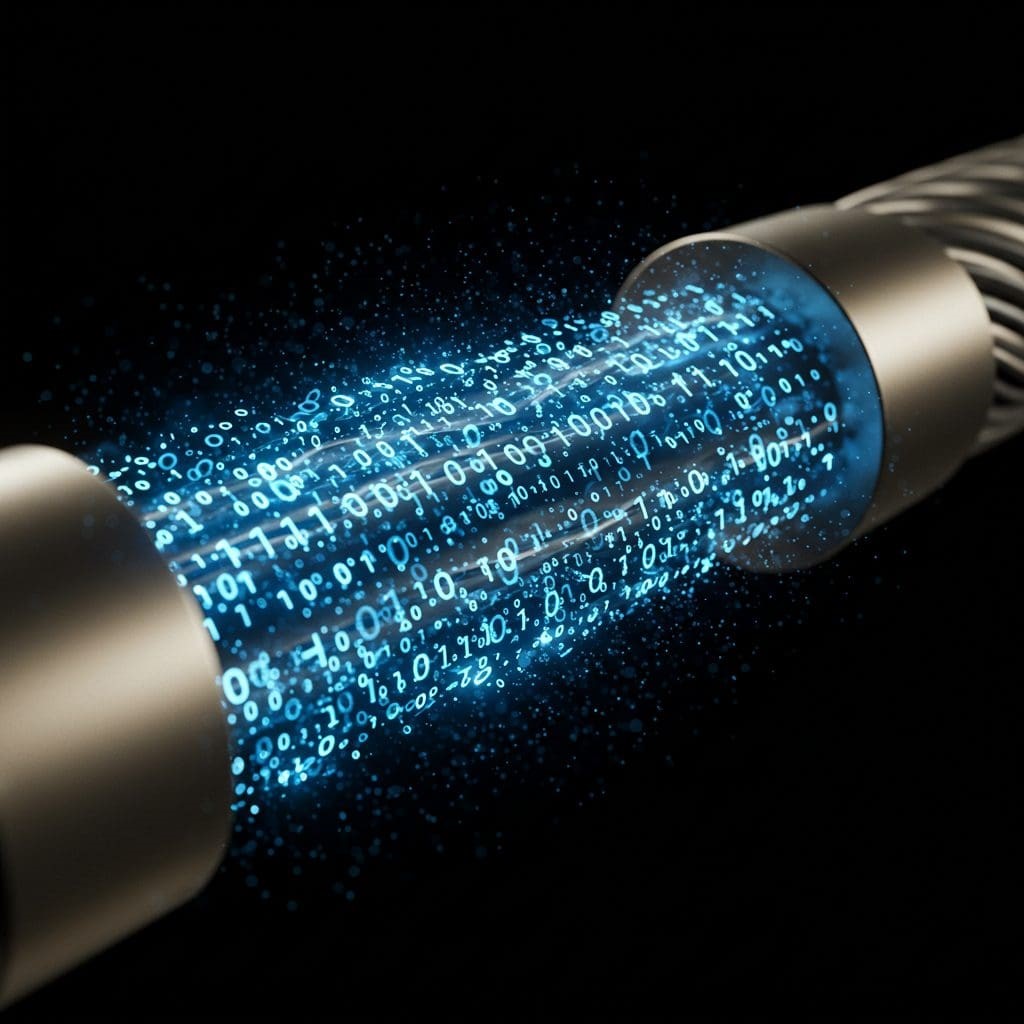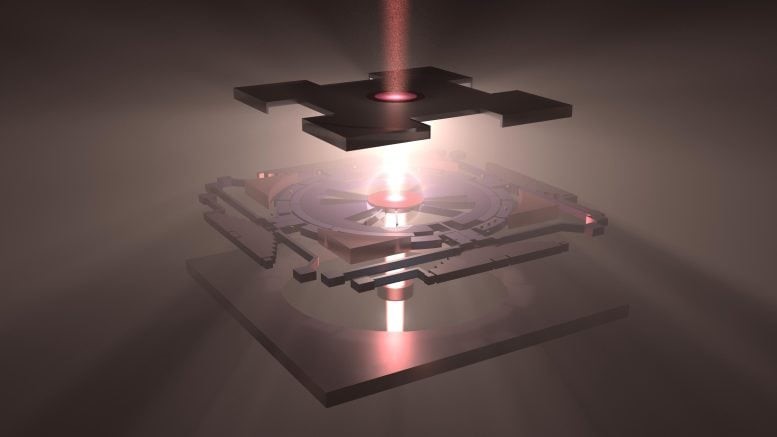Quantum Circuit Obfuscation Protects IP in Compilation
Researchers from the Singapore Institute of Technology developed a quantum circuit obfuscation method that protects algorithm IP during compilation by inserting corrective gates. This hybrid approach distorts measurement outcomes and uses classical post-processing to restore results, achieving strong statistical and functional obfuscation on key algorithms like Shor’s and Grover’s without complex reversal techniques.
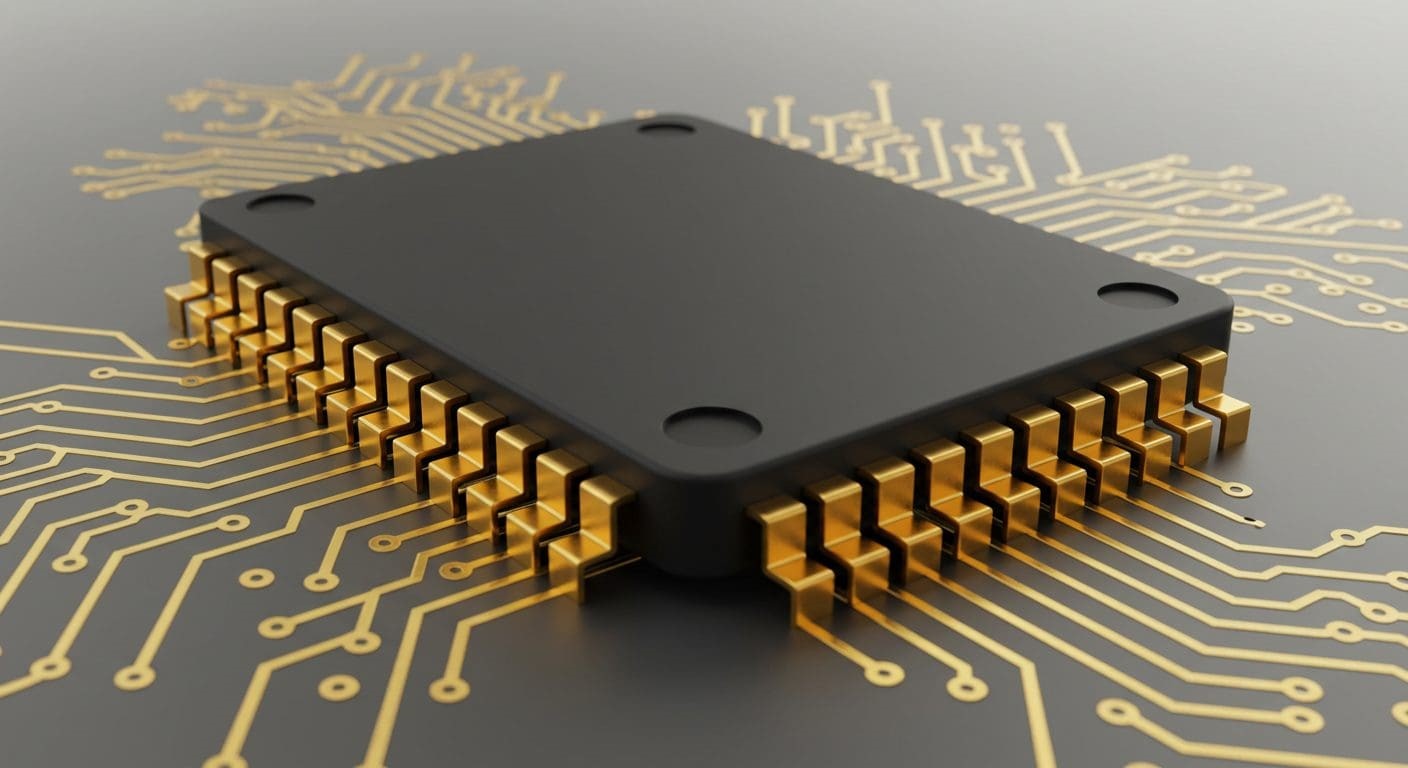
Figure 1. Quantum Circuit Obfuscation Protects IP During Compilation
As quantum computing enters the Noisy Intermediate-Scale Quantum (NISQ) era, reliance on third-party compilation services raises risks of intellectual property theft in quantum circuit designs. To address this, researchers developed a novel obfuscation technique that intentionally corrupts circuit measurements by inserting strategic gates, then restores correct functionality through classical post-processing for authorized users. Unlike existing methods, this approach avoids complex circuit manipulations such as reversals, barriers, or qubit remapping, making it simpler and reducing computational overhead. It is also compiler-agnostic, relying on classical correction after compilation, ensuring broad compatibility with different quantum hardware. Figure 1 shows Quantum Circuit Obfuscation Protects IP During Compilation.
The team tested this technique on five benchmark quantum algorithms—Shor’s, Quantum Approximate Optimization Algorithm (QAOA), Bernstein-Vazirani, Grover’s, and HHL—using IBM’s Qiskit framework. The results showed strong statistical and functional obfuscation, confirmed by high Total Variation Distance and consistently negative Degree of Functional Corruption, demonstrating the method’s effectiveness across diverse algorithm types.
The results show strong statistical obfuscation, with Total Variation Distance (TVD) exceeding 0.5, indicating significant alteration of the original output distribution to hide the algorithm’s structure. Consistently negative Degree of Functional Corruption (DFC) values confirm that the corrected outputs remain functionally equivalent to the original circuits, effectively concealing their internal workings.
The introduced corruption is reversible via a lightweight classical post-processing step that uses knowledge of the inserted gates’ structure to restore correct outcomes [1]. This correction requires only classical computation and no access to the original quantum circuit.
This research presents a practical, compiler-agnostic solution to secure quantum circuit designs during untrusted compilation. By focusing on classical correction after compilation, it offers a promising approach to protect intellectual property as quantum computing increasingly depends on external services. Future efforts will aim to optimize gate insertion to reduce circuit overhead and strengthen resilience against advanced attacks, ensuring robust protection in a dynamic threat environment.
References:
- https://quantumzeitgeist.com/quantum-circuit-obfuscation-shields-intellectual-property-during-compilation-processes/
Cite this article:
Janani R (2025), Quantum Circuit Obfuscation Protects IP in Compilation, AnaTechMaz, pp.261


